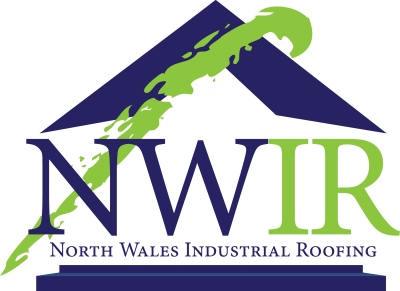4 Things That Could Happen To Your Commercial Roof This Winter
The winter months can be a tough time for commercial properties, especially when it comes to the roof. As industrial & commercial roofing contractors we see all manner of problems that occur once the weather starts to turn. If you’re worried about your commercial roof making it through the winter season, maybe it’s particularly old or you’ve noticed some issues, here are 4 things that could happen to your commercial roof this winter and how to spot the signs before any serious damage is done.
Water Leakage
One of the most obvious things that can occur is just general water leakage. When a roof is first installed, no matter what type of roof you have, it will be waterproof. However, over time, damage and general wear and tear can cause problems with the roof materials and the water tight seals can fail. Damage to commercial roof can often go unnoticed but can quickly become apparent in winter when the amount of rain increases and leaks can be identified. At the first sign of water leakage it’s important to call a professional roof repair company to sort out the issue.
Standing/Pooling Water
Standing or pooling water is most common on flat roof designs. If water does not drain away 48 hours after rainfall than it can be classes as standing or pooling water which can cause problems with your roof. Common consequences of standing and pooling water is sagging areas, increased chance of leaks, mould, moss and plants begin to grow and deterioration of the roof materials in general. Regular roof maintenance will be able to identify any standing water before it begins to severely damage the roof.
Clogged Gutters
Clogged gutters may occur in summer however, you’re not likely to see the effects of the obstruction. Over time it’s quite common for a whole host of debris to get blown into your commercial guttering system which can mean water cannot be filtered away from your commercial building. If water doesn’t drain away from your property is has nowhere to go and cause leaks, pooling water and damp. By regularly checking your gutters and cleaning them out you’ll keep them working throughout winter.
Cut Edge Corrosion
Over 60% of buildings are thought to have cut edge corrosion. Those buildings that use either corrugated steel or aluminium sheet cladding as a protective layer on their roofs tend to be affected most. This is because they have exposed cut edges where the sheets overlap. The rest of the roof is covered in a plastic coating but the overlapping edges do not. Because they are exposed to the elements 24/7 and are vulnerable to oxidisation. Over time the edges get slowly eaten away and corroded which can cause leaks and ruin the weather-sealed lap joint. Look out for discolouration at the edges which can be a sign of cut edge corrosion.
For any commercial & industrial roofing services, contact us at NWIR on 0800 046 1500 or fill out our contact form online.
